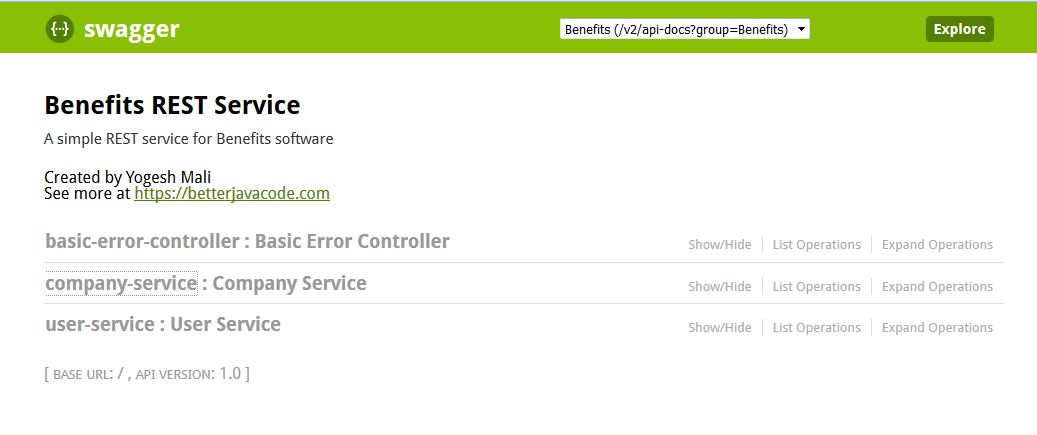In the previous post, we talked about producing and consuming a SOAP web service here. This post will be a sequel to that post since recently I faced a similar issue during my project. In this post, we will talk about how to consume a SOAP Webservice over HTTPS. Since this will be a small post, we will not be posting any code on GitHub.
Problem –
While consuming a SOAP web service which is behind SSL, if you don’t handle SSL certificates, you will run into the following error
sun.security.validator.ValidatorException: PKIX path building failed: sun.security.provider.certpath.SunCertPathBuilderException: unable to find valid certification path to requested target
at sun.security.validator.PKIXValidator.doBuild(PKIXValidator.java:387)
at sun.security.validator.PKIXValidator.engineValidate(PKIXValidator.java:292)
at sun.security.validator.Validator.validate(Validator.java:260)
at sun.security.ssl.X509TrustManagerImpl.validate(X509TrustManagerImpl.java:324)
at sun.security.ssl.X509TrustManagerImpl.checkTrusted(X509TrustManagerImpl.java:229)
at sun.security.ssl.X509TrustManagerImpl.checkServerTrusted(X509TrustManagerImpl.java:124)
at sun.security.ssl.ClientHandshaker.serverCertificate(ClientHandshaker.java:1351)
at sun.security.ssl.ClientHandshaker.processMessage(ClientHandshaker.java:156)
at sun.security.ssl.Handshaker.processLoop(Handshaker.java:925)
at sun.security.ssl.Handshaker.process_record(Handshaker.java:860)
at sun.security.ssl.SSLSocketImpl.readRecord(SSLSocketImpl.java:1043)
at sun.security.ssl.SSLSocketImpl.performInitialHandshake(SSLSocketImpl.java:1343)
at sun.security.ssl.SSLSocketImpl.writeRecord(SSLSocketImpl.java:728)
at sun.security.ssl.AppOutputStream.write(AppOutputStream.java:123)
at sun.security.ssl.AppOutputStream.write(AppOutputStream.java:138)
at SSLPoke.main(SSLPoke.java:31)
Caused by: sun.security.provider.certpath.SunCertPathBuilderException: unable to find valid certification path to requested target
at sun.security.provider.certpath.SunCertPathBuilder.build(SunCertPathBuilder.java:145)
at sun.security.provider.certpath.SunCertPathBuilder.engineBuild(SunCertPathBuilder.java:131)
at java.security.cert.CertPathBuilder.build(CertPathBuilder.java:280)
at sun.security.validator.PKIXValidator.doBuild(PKIXValidator.java:382)
... 15 more
Solution –
Basically this error is happening if your SOAP web service is on SSL and the client is trying to connect to web service, web service doesn’t recognize the client and throws this error.
To resolve this error, you can download an SSL certificate from the server where you are hosting the SOAP web service and import that certificate on your client machine’s Keystore. In a production environment, you should have a way to access this Keystore when a call is made to the web service.
Let’s assume that our web service from the post is on SSL, like https://localhost:8943/benefits/endpoints/users.wsdl. If you access this URL in the browser, you will be able to see the SSL certificate. Export this SSL certificate in base 64 format file, example sslcertificate.crt. Import this certificate in
keytool -import -alias sslcertificateofserver -keystore truststore.jks -storepass changeit -file sslcertificate.crt
Now, we will change the configuration class we wrote to configure web service components.
package com.betterjavacode.benefits.views;
import org.springframework.context.annotation.Bean;
import org.springframework.context.annotation.Configuration;
import org.springframework.oxm.jaxb.Jaxb2Marshaller;
@Configuration
public class ClientAppConfig
{
private Resource getKeyStore()
{
Environment.getProperty("betterjavacode.com.keystore");
}
private String getKeystorePassword()
{
Environment.getProperty("betterjavacode.com.keyStorePassword");
}
@Bean
public Jaxb2Marshaller marshaller()
{
Jaxb2Marshaller marshaller = new Jaxb2Marshaller();
marshaller.setContextPath("com.betterjavacode.benefits.soap");
return marshaller;
}
@Bean
public UserClient userClient(Jaxb2Marshaller marshaller)
{
// WSDL URL - http://localhost:8080/benefits/endpoints/users.wsdl
UserClient uc = new UserClient();
uc.setDefaultUri("http://localhost:8080/benefits/endpoints/users.wsdl");
uc.setMarshaller(marshaller);
uc.setUnmarshaller(marshaller);
FileInputStream fis = new FileInputStream(getKeyStore());
KeyStore ks = KeyStore.getInstance("JKS");
ks.load(fis, getKeyStorePassword().toCharArray());
try
{
fis.close();
}
catch (IOException e)
{
}
KeyManagerFactory keyManagerFactory = KeyManagerFactory.getInstance(KeyManagerFactory.getDefaultAlgorithm());
keyManagerFactory.init(ks, keyStorePassword.toCharArray());
FileInputStream fisTS = new FileInputStream(getKeyStore());
KeyStore ts = KeyStore.getInstance("JKS");
ts.load(fisTS, trustStorePassword.toCharArray());
try
{
fisTS.close();
}
catch(IOException e)
{
}
TrustManagerFactory trustManagerFactory = TrustManagerFactory.getInstance(TrustManagerFactory.getDefaultAlgorithm());
trustManagerFactory.init(ts);
HttpsUrlConnectionMessageSender messageSender = new HttpsUrlConnectionMessageSender();
messageSender.setKeyManagers(keyManagerFactory.getKeyManagers());
messageSender.setTrustManagers(trustManagerFactory.getTrustManagers());
HostNameVerifier hv = new HostNameVerifier(){
@Override
public boolean verify( String hostname, SSLSession session)
{
return true;
}
}
messageSender.setHostnameVerifier(hv);
uc.setMessageSender(messageSender);
return uc;
}
}
This change should fix the error about PKIX path building failed.
Conclusion –
In conclusion, we showed how to consume a SOAP Webservice over HTTPS by adding Keystore and Truststore check during runtime.
References
- Consuming a SOAP web service – Spring Boot
